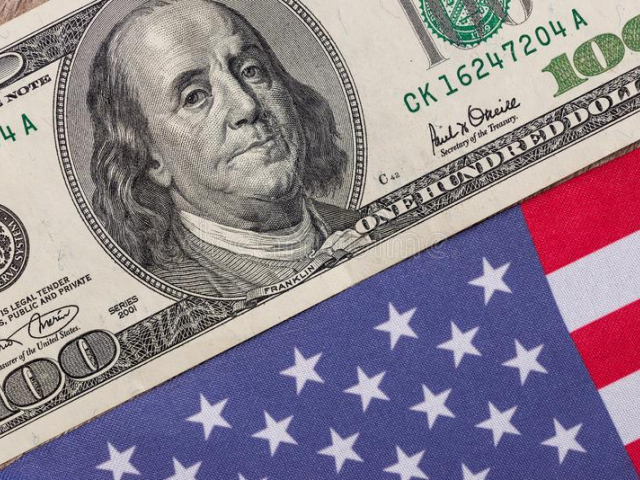
Dollar and Thaler: common features
Nowadays, it is hard to imagine a period when the greenback was behind the curve. It took about 200 years for the US currency to move ahead of other currencies and become the undisputed leader of the currency market. USD got its name from the silver coin Thaler, which was in use in Europe in the 16th century. Afterwards, this word was transformed into “dollar”. In the United States, the designation of the new coin became popular thanks to the Spanish colonists.
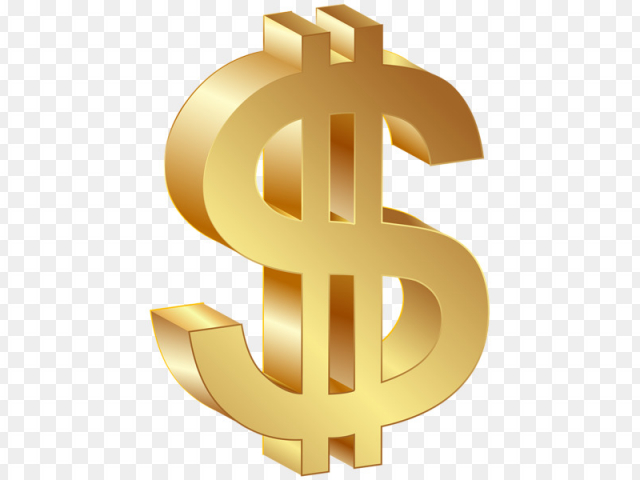
USD sign ($)
The tradition of denoting the dollar with the $ sign appeared thanks to American businesspersons. In that time, financial transactions were conducted in the British currency, and then Spanish dollars were used. To save time, entrepreneurs who were unwilling to write the "peso" sign, began to shorten it to PS. Over time, they got used to writing P and S on each other. By 1770, this symbol had been simplified by eliminating the loop in the letter P. As a result, the peso sign turned into an S crossed out by a straight line. The modern sign of the dollar with two vertical stripes arose from the overlapping of the initial letters in the phrase United States (US).
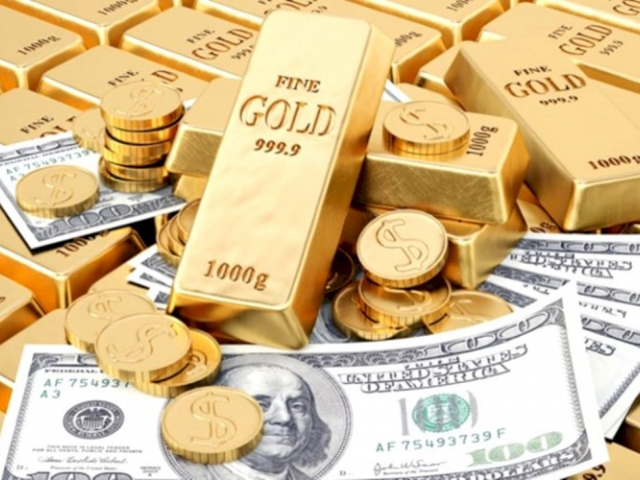
US dollar becomes official currency of United States
In 1785, the US dollar became the official currency of the United States. By this time, the US authorities were considering the creation of their own currency. On July 6, 1785, President Thomas Jefferson declared the US dollar the official means of payment. However, it was not an easy thing to implement the greenback in the financial system of the country: for about seven years, the government could not agree on the features of the new dollar system. Only in 1792, the problem was set. The Coinage Act established a decimal system for the US currency as well as tied USD to gold and silver. However, for near 70 years, the US government did not print paper money. The main reason for this was an unsuccessful experiment during the American War of Independence when the public distrust of USD was too strong.
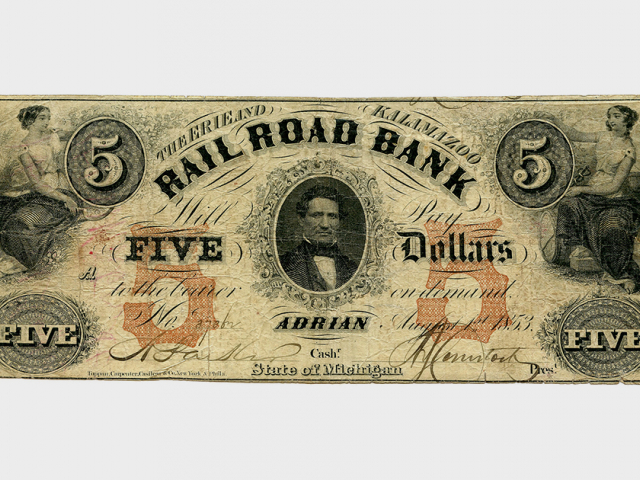
Wildcat banking diminishes US dollar status
The government never forgot the bitter experience of funding the War of Independence. After the devastating default, the US Constitution of 1787 banned the issue of paper money. This move slowed down the country's development for a long time. At the same time, unscrupulous bankers, lacking gold or silver, carried out a broad financial emission. To make it more difficult to exchange money for metal, bankers opened single offices in hard-to-reach places (so-called wildcat banking). The situation was aggravated by the fact that a wide array of different banknotes were in use in the United States (about 7,000 varieties). Wildcat banking completely undermined the trust of Americans in their domestic currency. Only in the 1860s, the government got the situation under control. Shortly after, the financial institutions started printing paper money.
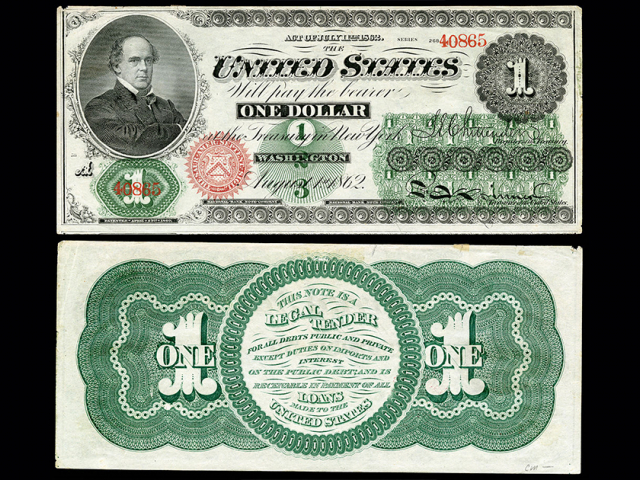
First dollar bill's design
During the Civil War (1861-1865), the US authorities had to turn up again the printing press. The United States issued interest-free government bonds with gold and silver collateral, which were recognized as legal tender for the first time. The first dollar bill's design was notable for its unique look. This is why dollar bills' design of the Civil War paved the way for the modern look of the American currency. Paper dollars were the first means of payment made in green. The US government bonds of the second half of the nineteenth century had a black-and-white obverse and a green reverse. People called them simply "greenbacks". Some experts say that this word became the origin of the slang word "buck", which is used in relation to the dollar.

USD in 20th century: on its way to hegemony
When the Civil War ended, the US monetary system was actively developing, and paper dollars were exchanged for gold and silver. After 1900, the US dollar was exchanged only for gold. However, it would receive the status of the world’s reserve currency only in 50 years. The catalysts for this event was the First World War (1914-1918). The leading European countries borrowed a huge amount of money from the United States, whose currency was backed by gold. During the Second World War, America became a global lender, which enabled it to secure the dominant position of its domestic currency. As a result of the Bretton Woods Agreement in 1944, the US dollar was officially crowned the world’s reserve currency. Besides, eight nations pooled their gold reserves to defend $35 per ounce peg. However, in the early 1970s, the Bretton Woods System collapsed and the US dollar's supremacy was shaken.

US dollar swimming in glory
Currently, despite the weakening of the greenback across the market due to the impact of the COVID-19 pandemic, it remains the world's reserve currency. Demand for the US dollar is very high. Besides, it is still a synonym of stability. Even 50 years after the collapse of the USD-gold peg system, it has not lost its attractiveness to financial regulators from all over the world as well as to ordinary citizens. According to the IMF, by the end of the first quarter of 2020, the total amount of US dollars in the foreign reserves reached 70%. The US Treasury stressed that the global turnover of the dollars totaled $1.91 trillion in June 2020.
 Български
Български 
 Русский
Русский English
English Bahasa Indonesia
Bahasa Indonesia Bahasa Malay
Bahasa Malay ไทย
ไทย Español
Español Deutsch
Deutsch Français
Français Tiếng Việt
Tiếng Việt 中文
中文 বাংলা
বাংলা हिन्दी
हिन्दी Čeština
Čeština Українська
Українська Română
Română
